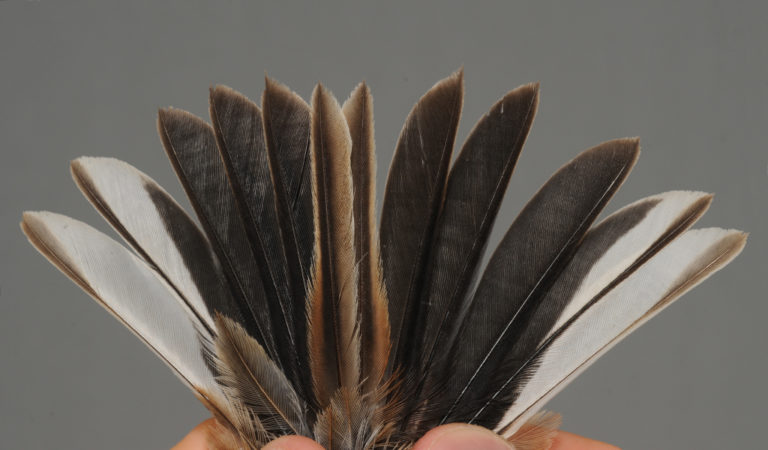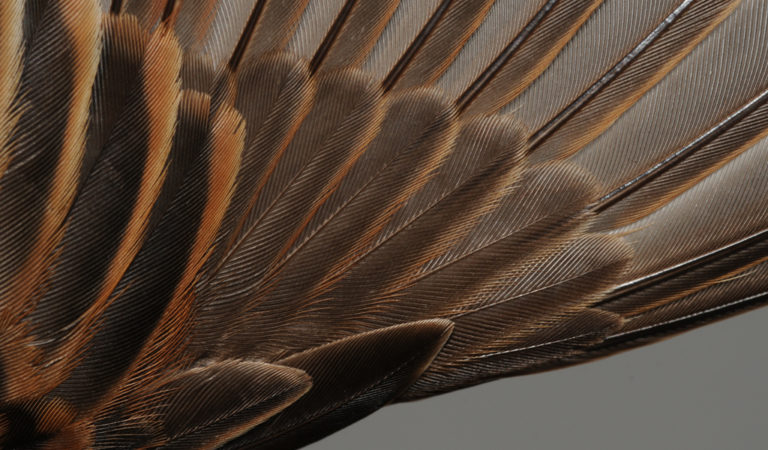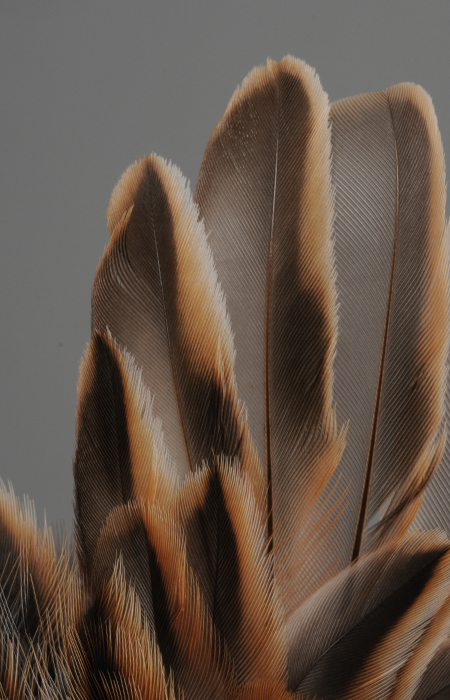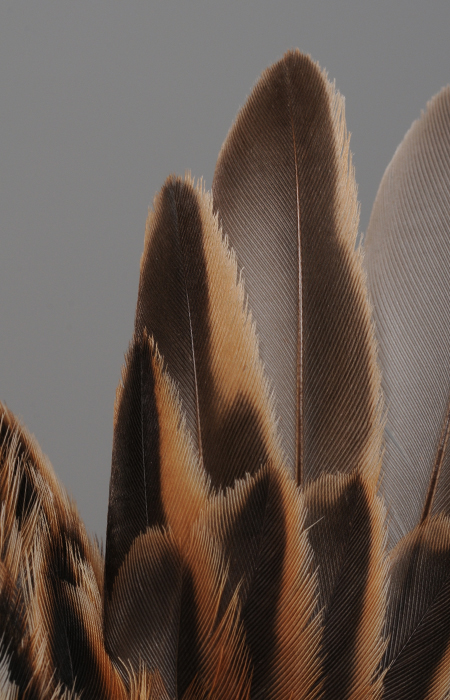

Common Reed Bunting
AGE – BEST CRITERIA:

2cy (male) May. Juvenile RR are generally more worn, show more pointed tips and are, on average, slightly narrower than in adult. Note that many 2cy birds (though not this one) show one or more post-juvenile RR, being more fresh, slightly broader and with blunter tip (see photo in autumn page). Occasionally, all RR may be moulted. [1ET28087]

2cy (male) May. The juvenile PC shows a looser texture and slightly more worn tips and edges compared to adult birds. Note that this individual also show a moult contrast in AL where the innermost is moulted post-juvenile and fresh in contrast to the outer two feathers which are both juvenile (the central one is slightly worn with brownish centre and less neat brown edges - compare with the birds below). [1ET28087]

2cy (male) March. Assessing worn TT is often difficult. Quite many 2cy (probably including this individual) show uniformly post-juvenile TT, unseparable from the subsequent adult generations. [1ET29395]

2cy (female) April. Again, it is difficult to say for certain, but it seems likely that this bird shows a moult contrast where the innermost T is moulted post-juvenile, while the outer two are unmoulted juvenile. Note the slight difference in wear as well as in the colour and gloss of the centre, were the innermost T is blackish and the central one is brownish-black (and remember that the outermost T often is paler brown than the other two, regardless of which generation is present). [1ET29446]
More Emberiza schoeniclus:
Sexing spring
Ageing autumn
Sexing autumn
Moult
Ringers’ DigiGuide is sponsored by: